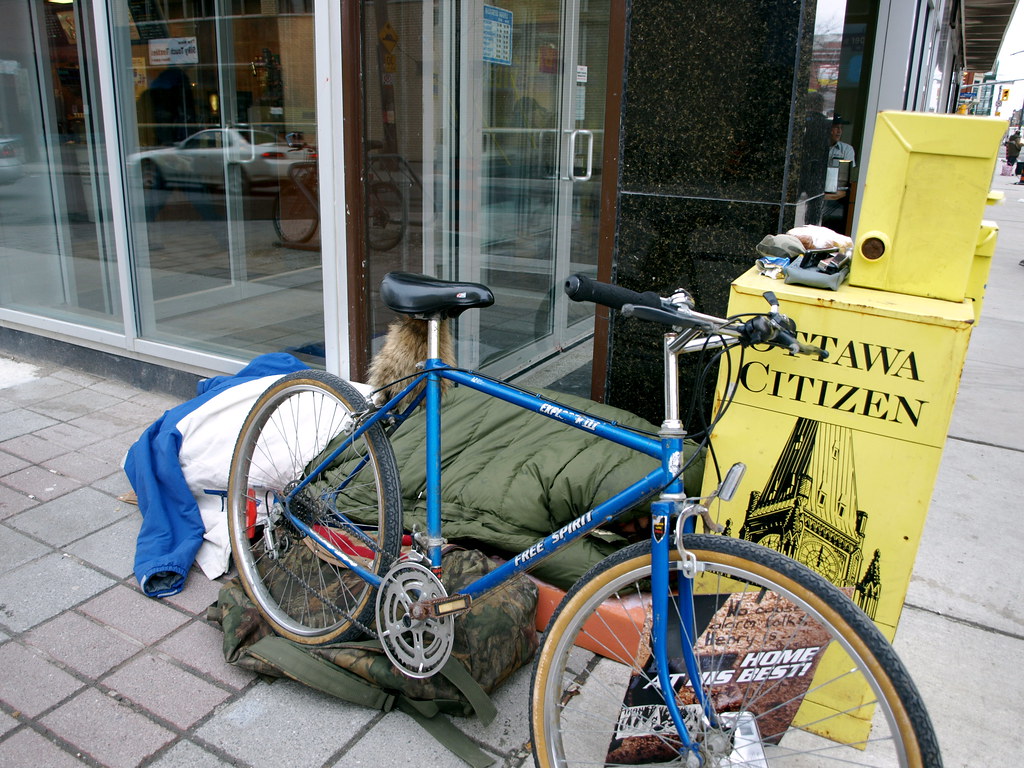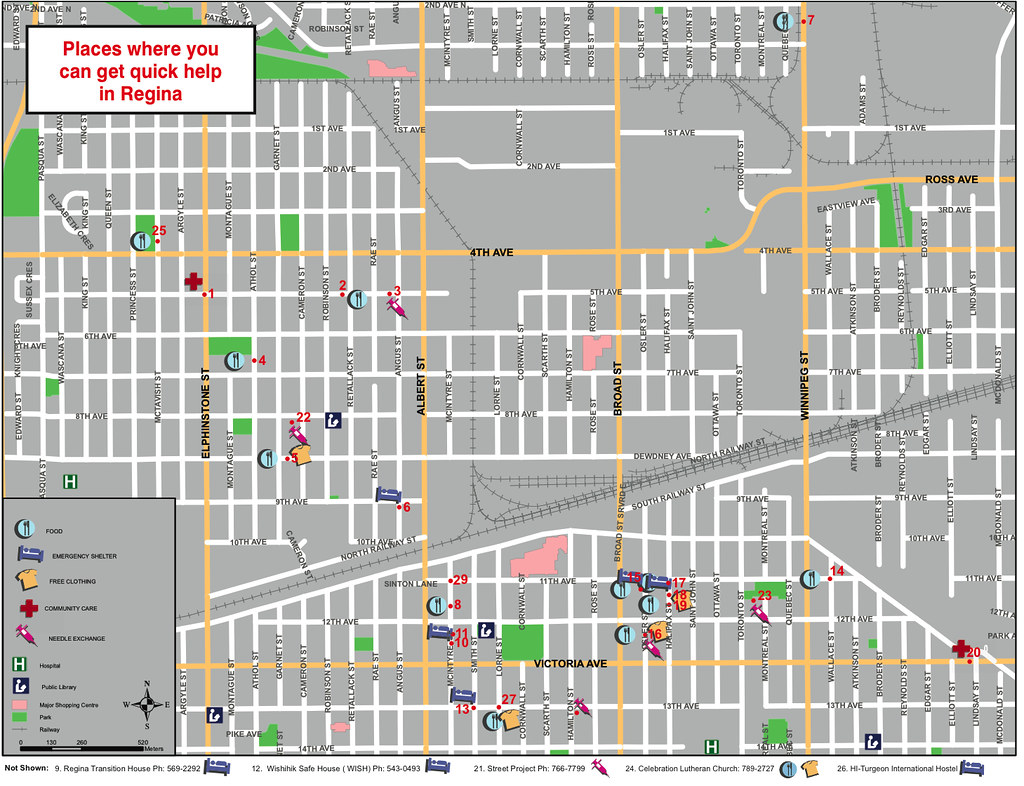
For most of us economic conditions wax and wane with recession and boom, but for the past 20 years one indicator of social-economic well-being in urban centres has shown no improvement whatsoever. That is the number of homeless people living in our cities. in 2008, that number was estimated by social sector organizations to be in excess of 300,000.
To find out why, studies are commissioned and ignored and then other studies are initiated to study the previous studies for clues that may have been missed. However, for many Canadians of a certain age, the answer seems linked to a policy change in the early 90s. At that time the federal government withdrew support for the social housing sector, and within 18 months of that many of us started seeing people regularly “sleeping rough” on our streets for the first time in memory.
The response from various levels of government has been a patchwork of policy and small measures that have done little to even recognize the scope of the problem, never mind address it any meaningful way. The public has gotten used to the once-horrifying sight of people sleeping on the streets – it’s the new normal, except that after two decades it’s not even that new anymore.
For one ex-Ottawan, the issue of homelessness has been part of his own journey as a researcher and educator. Education professor Marc Spooner first started talking with homeless people on the streets of Ottawa and other Canadian cities in 2004, and since moving out west to take up a position at the University of Regina, he has maintained his interest in the quality of life for those who official policy and hardening public attitudes seem to have left behind.
“The patchwork aspect of supports in Regina was what got to me the most” Spooner says, “and I decided that something could be done about that.” Spooner conceptualized and printed Canada’s first map designed especially for homeless people. Featuring such landmarks as soup kitchens, warm clothing depots, and street-side medical services, the map was designed to ease the problems associated with finding help in one of Canada’s coldest – and most spread-out – urban centres.
“Just walking to a place that can offer a hot meal and some good advice on where to find a bed can take up a whole morning in this town” Spooner says, “and when you’ve got children as well, finding food and shelter can be more than you can get done in one day – people often have to choose between the two.”
Already on its second revision and printing, Spooner sees the map as living document informed by its users and the service providers it lists. Community support has been significant; the Regina Leader-Post hosts a .pdf of the map on its website, and requests for copies come in from across the city including City staff and the police force.
Despite the popularity of the document, Spooner says he remains troubled by the band-aid aspect of the project and says that the map, no matter how accurate or useful, “can never be called a success. It’s tangible reminder of our failure, and each new stack I get from the printer is a sober reminder of that.”
photo by Evan Thornton


5 comments
This is a great initiative! People seem to take for granted that homeless people know their way around, and know where every soup kitchen is located within the city. That simply isn’t so.
And now, can we please find them a real place to stay, a home!
Personal opinion: Chilling that this is needed. Also chilling that the attitudes are getting harsher towards those who need the help again. Our grandparents and great-grandparents went through this madness. We know the stories from the family dinner tables from sea to sea to sea. Why have we persisted in forgetting the warnings?
300,000 homeless in Ottawa !? That’s a lot… 1/3 of the population.
Hi Marie– yes it would be! Phrase was “in our cities”, plural. Or put another way, in Canada we have a demographic with approximately the population of Halifax, with no place to live.
LOL! My bad. Thanks 🙂